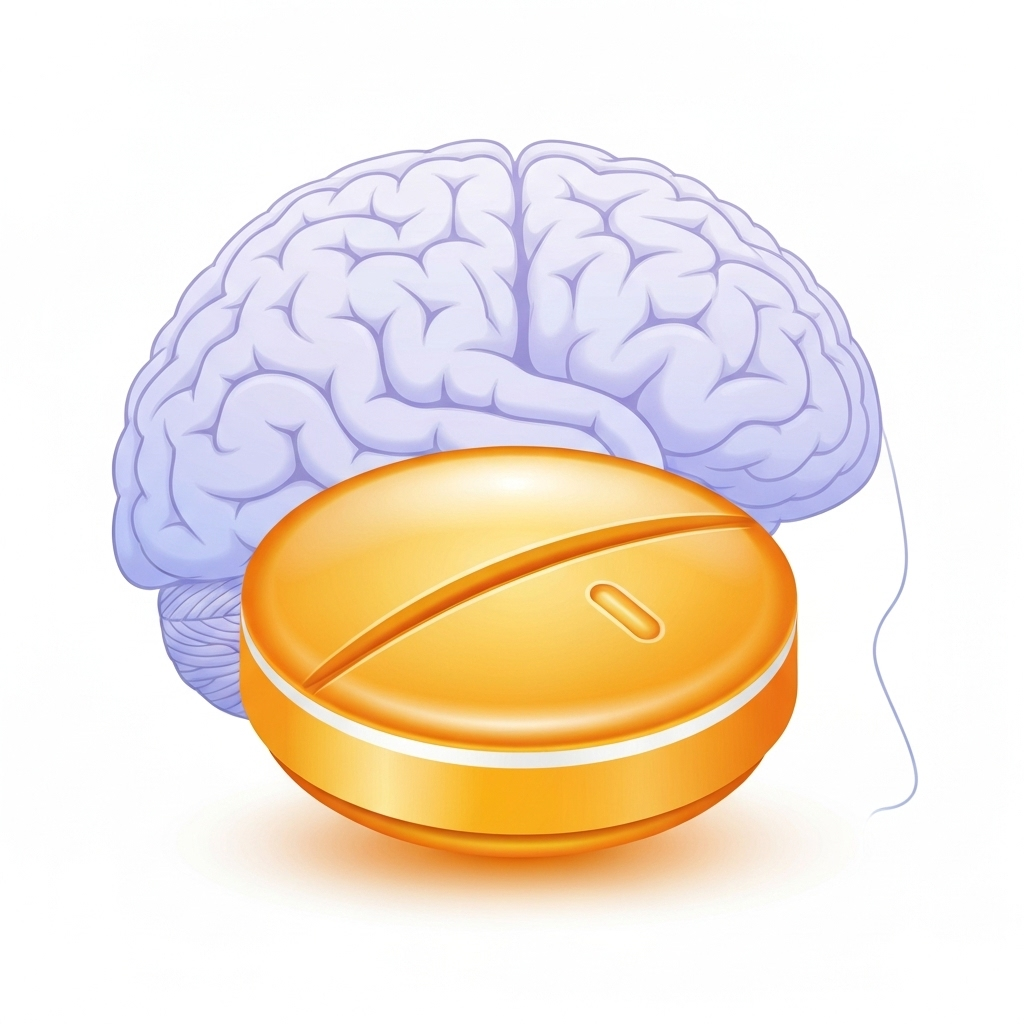Emergency Treatment
During a severe laryngospasm episode, call 911 immediately. Emergency treatments may include positive pressure ventilation, muscle relaxants, or emergency airway procedures.
Laryngospasm Treatment Options
Comprehensive treatment approaches for managing laryngospasm, from emergency interventions to long-term prevention strategies and lifestyle modifications.
Immediate Actions
For the Patient
- • Stay calm and try to relax
- • Breathe slowly through the nose
- • Avoid panic or forceful breathing
- • Signal for help if needed
For Caregivers
- • Call 911 if severe or prolonged
- • Keep patient calm and upright
- • Monitor breathing and consciousness
- • Prepare for CPR if necessary
Medical Emergency Interventions
Non-Invasive
- • Positive pressure ventilation (bag-mask)
- • High-flow oxygen therapy
- • Gentle laryngeal pressure
- • Pharmacological muscle relaxation
Invasive (Last Resort)
- • Emergency intubation
- • Cricothyrotomy
- • Tracheostomy
- • Surgical airway management
Acute Episode Medications

Muscle Relaxants
Succinylcholine or rocuronium for severe spasms
Emergency Use Only
Sedatives
Propofol or midazolam to reduce anxiety and spasm
Hospital SettingPreventive Medications
Anticonvulsants
- • Gabapentin for nerve-related spasms
- • Pregabalin for chronic cases
- • Carbamazepine for neurogenic causes
Other Medications
- • Baclofen for muscle spasticity
- • Botulinum toxin injections
- • Proton pump inhibitors for GERD
Surgical interventions are considered for patients with recurrent, severe laryngospasms that don't respond to conservative treatment.
Minimally Invasive
Botulinum Toxin Injection
Temporary paralysis of vocal cord muscles
Laser Cordotomy
Precise laser treatment of vocal cord tissue
Major Procedures
Arytenoidectomy
Removal of arytenoid cartilage to widen airway
Tracheostomy
Permanent airway opening below vocal cords
Lifestyle Modifications
- Avoid Known Triggers
Identify and avoid specific foods, activities, or situations
- Manage GERD
Control acid reflux with diet and medications
- Stay Hydrated
Maintain adequate fluid intake to keep throat moist
- Stress Management
Practice relaxation techniques and stress reduction
Breathing Techniques
Diaphragmatic Breathing
Deep breathing exercises to improve respiratory control
Progressive Muscle Relaxation
Systematic tension and relaxation of muscle groups
Voice Therapy
Professional training to improve vocal cord function
Success rates based on peer-reviewed clinical studies and meta-analyses
Medical Disclaimer
Treatment options vary significantly based on individual circumstances, underlying causes, and severity of symptoms. This information is for educational purposes only and should not replace professional medical advice. Always consult with a qualified ENT specialist or healthcare provider to determine the most appropriate treatment plan for your specific condition. Emergency situations require immediate medical attention.